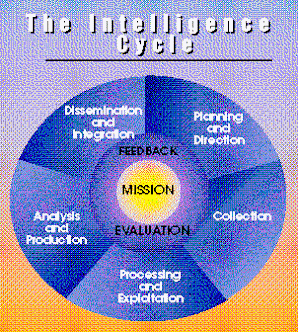Building fusion centers for the next decade
When viewed in the context of policing in the modern model set forth nearly 200 years ago by Sir Robert Peel, the notion of the “Fusion Center” is still an incredibly new concept. The most well known variant of the fusion center in the United States is the JTTF — the Joint Terrorism Task Force. The first JTTF (and arguably the first fully-functional fusion center) was set up three decades ago in New York City. When al Qaeda terrorists struck this country on 9/11, there were 35 JTTFs in operation. Today there are more than 100 JTTFs up and running. But there are many other multi-agency, multi-jurisdictional information-sharing organizations in America where counterterrorism is not the primary focus — these fusion centers are in place to prevent and respond to every sort of criminal activity and they’re springing up all over the country.
For example, in May 2009, the Dallas Morning News reported that detectives in that city’s fusion center “played a critical role” in the apprehension of various criminals by “quickly analyzing and disseminating information to officers in the field. Then, in August 2009, authorities in Texas announced the opening of the Austin Regional Intelligence Center, set up to investigators broader access to confidential information about suspects or criminal organizations.
Furthermore, the Regional Information Sharing Systems (RISS), a federally-funded program to support regional law enforcement efforts in combating crimes of all types — this national network is comprised of six multistate centers designed to operate on a regional basis. There are many other examples we’ve sited in the past year — from the Colorado Information Analysis Center to the Michigan Criminal Intelligence System — where innovative new technologies are being implemented as part of rethought and reinvigorated crime-fighting strategies. The point is: fusion centers are here to stay. The fusion center concept continues to evolve, and the technology supporting that concept is hurtling light years forward on what seems to be a Moore’s Law pace.


0 comments:
Post a Comment